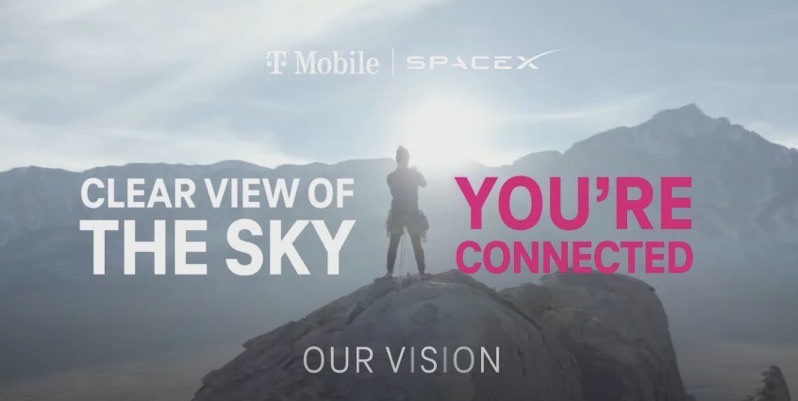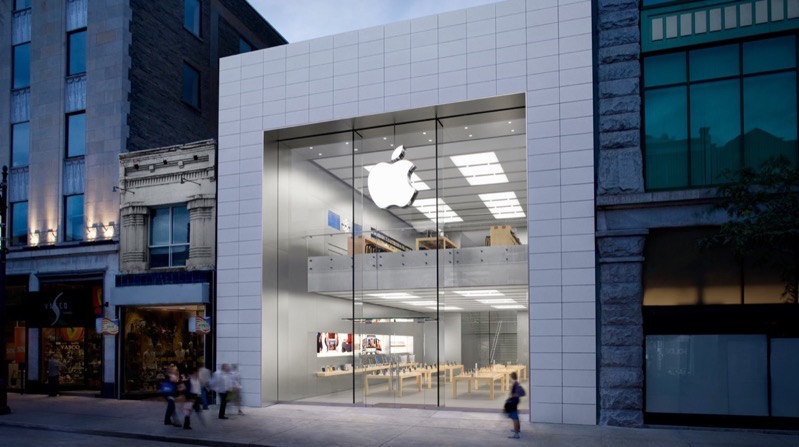
SpaceX Seeks FCC Approval for Starlink Satellite Phone Feature

SpaceX has applied for the U.S. Federal Communications Commission (FCC)’s permission to equip 2,016 second-generation Starlink satellites with equipment that will provide T-Mobile customers with cellular connectivity when ground coverage is unavailable (via Tesla North).
Back in August, SpaceX and T-Mobile announced a partnership to provide global satellite phone service, powered by second-gen Starlink satellites in low Earth orbit, starting in 2023. The “direct-to-cellular” payloads SpaceX is currently applying for will be used to eliminate coverage dead zones on T-Mobile’s network.
“SpaceX requests U.S. market access for its German-licensed direct-to-cellular payload to communicate on an unprotected, non-interference basis in the 1910-1915 MHz uplink E-s and 1990-1995 MHz downlink s-E bands PCS G Block with off-the-shelf cellular mob,” the company wrote in its application, filed with the FCC on Tuesday.
In the absence of ground coverage, SpaceX said T-Mobile users will be able to connect to Starlink satellites for voice, messaging, and data.
“The service will be able to provide voice, messaging, and basic web browsing at theoretical peak speeds of up to either 3.0Mbps or 7.2Mbps peak upload … and up to either 4.4Mbps or 18.3Mbps on the downlink,” SpaceX said in its filing.
SpaceX is looking to use the 1910-1915 MHz and 1990-1995 MHz LTE bands, which the U.S. carrier has already licensed. According to SpaceX, all T-Mobile LTE smartphones should be able to connect to Starlink satellites as a result.
“Operating essentially as cellular base stations in space, direct-to-cellular payloads will give T-Mobile a means of reaching mobile devices provisioned for its own and partner networks when terrestrial base stations are out of reach or unavailable,” SpaceX told the FCC in a document attached to its filing.
While this system is primarily designed to bridge connectivity gaps on T-Mobile’s network, it will also provide critical communications infrastructure for emergency situations — much like Apple’s new Emergency SOS via Satellite feature, which launched in Canada last month.
“For all consumers, the service will provide peace-of-mind in situations where real-time communications are critical, even lifesaving. Hikers experiencing an emergency in a remote area would be able to call or text for help using the service,” SpaceX said.
SpaceX achieved full Starlink coverage in Canada in November. Last week, the company delayed a Fair Use Policy for Starlink customers that was originally supposed to go into effect this month to February 2023.

